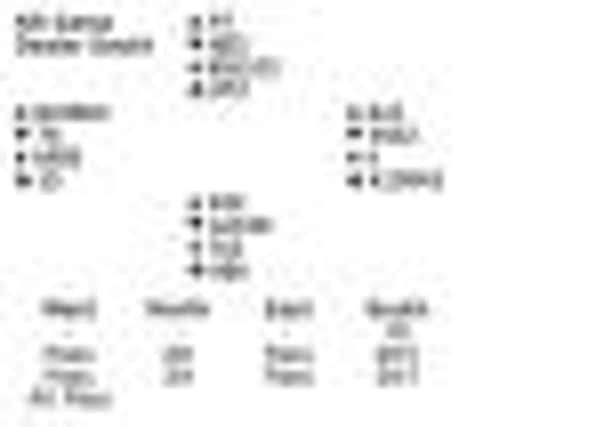Bridge - The Scotsman 01/08/12


On this deal North rebid 3H over 2NT to show a three-card raise, but South was not attracted to the 4-3 heart fit. 3NT makes easily on any lead but a spade, but West naturally led fourth highest of his longest and strongest. East applied the Rule of Eleven, subtracting six (the size of the card led) from eleven (the number of cards higher than the six in the other three hands). This told him that he, dummy and declarer had five cards higher than the six between them. He could see four of them in his hand and dummy, leaving declarer with only one. He played a third hand high king of spades, and declarer, seeing no point in holding up, took the ace. East now knew partner had led from Q1086.
Declarer played a diamond at trick two. West ducked the first diamond, but he could not afford to duck twice – with two diamonds in the bag, declarer might take the club finesse for nine tricks. When he won the ace he could cash four spades to beat 3NT, but he could not be sure of that – for all he knew declarer had AJ2 of spades, a second stopper. Fortunately he had a thinking partner. When the second diamond was played from dummy East discarded the jack of spades to tell partner his suit would run.